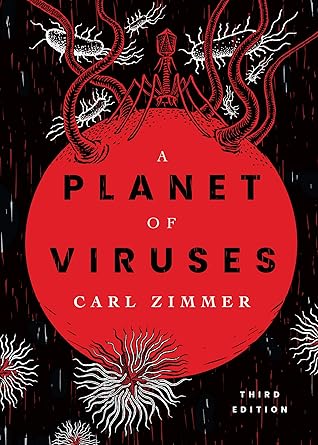More on this book
Community
Kindle Notes & Highlights
All told, some researchers have estimated the Earth may be home to 100 trillion species of viruses—most of which can be found at sea. Viruses evolve this diversity thanks to the peculiar way they multiply. When cells get infected, they create many new viruses, but they do so sloppily. The genes of the new viruses are rife with copying mistakes. While most of these mutations disable viruses, some of them give viruses an evolutionary edge, letting them infect hosts more effectively. If two kinds of viruses infect a cell at once, they may shuffle their genes together. Viruses can even end up with
...more
Thanks to gene borrowing, viruses may be responsible for a lot of the world’s oxygen. Much of the oxygen in the atmosphere is produced by photosynthetic microbes in the oceans. Some of the viruses that infect them carry their own genes for photosynthesis. When they invade, the viruses take charge of harvesting light. By one rough calculation, 10 percent of all the photosynthesis on Earth is carried out with virus genes. Breathe 10 times, and one of those breaths comes to you courtesy of a virus.
This shuttling of genes has had a huge impact not just on Earth today, but throughout the history of life. It was in the oceans that life got its start, after all. The oldest traces of life are fossils of marine microbes dating back almost 3.5 billion years. It was in the oceans that multicellular organisms evolved; their oldest fossils date back to about 2 billion years ago. In fact, our own ancestors did not crawl onto land until about 400 million years ago. Viruses don’t leave behind fossils in roc...
This highlight has been truncated due to consecutive passage length restrictions.


